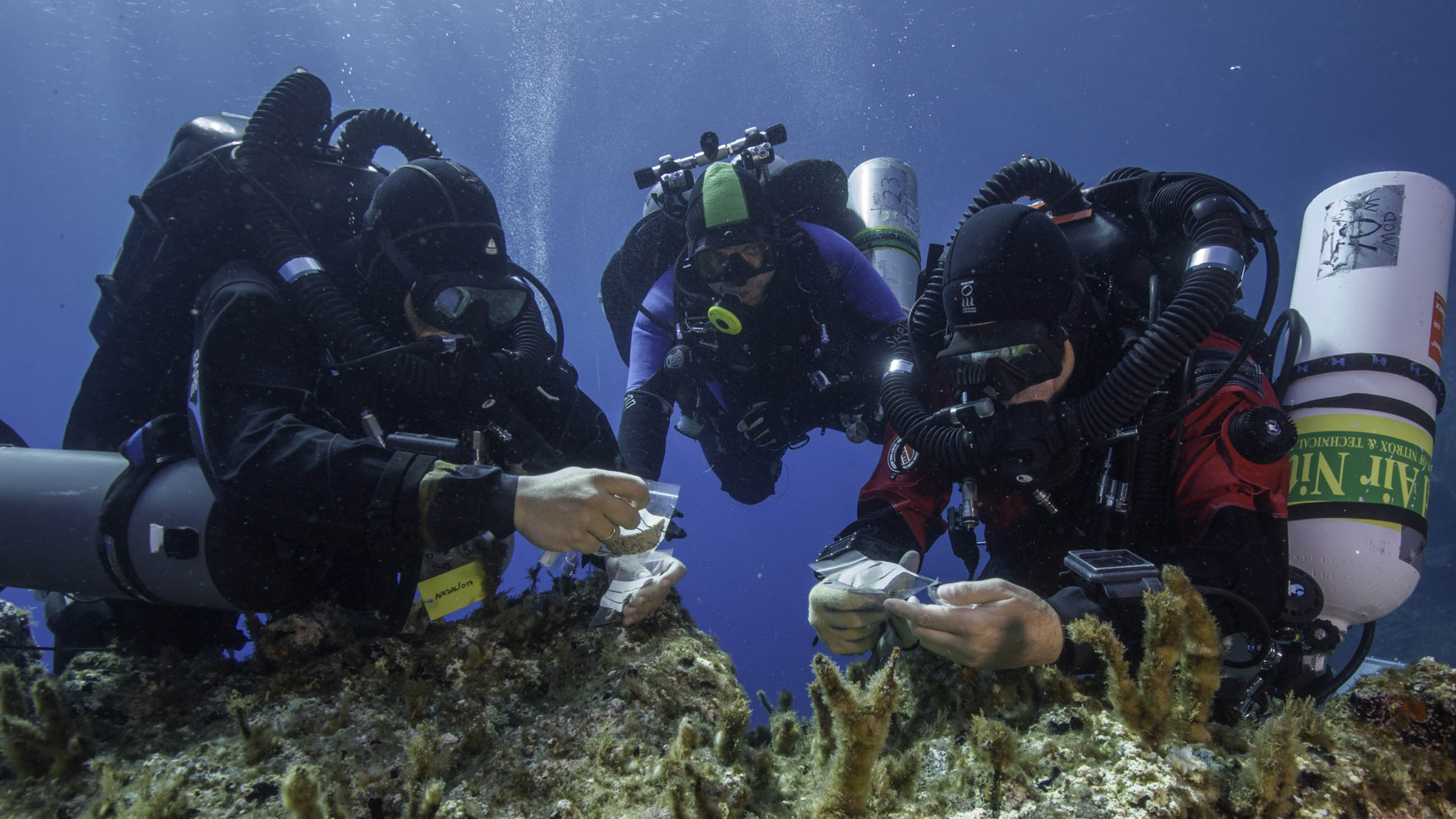Mining the Treasures of the Antikythera
The most celebrated of all ancient shipwrecks — the wreck at Antikythera Island in Greece — recently yielded another array of treasures from 200 feet under the Mediterranean sea. This time, marine archaeologists brought up a seven-foot bronze spear, a gold ring, and what appears to be an ancient naval battle weapon called a “dolphin” that was used like a wrecking ball to smash the hulls of attacking ships — the only one ever found intact.
Below, images of the dolphin by photographer Brett Seymour are compiled into a 3D video:
The team of divers from the Greek Ministry of Culture and from Woods Hole Oceanographic Institution spent two weeks in June revisiting the 2,100-year-old wreck that was first found in 1900. It has since yielded more treasure than any other ancient shipwreck, including more than 30 statues, an array of gold jewelry, Roman furniture, colorful glass bowls, and most remarkably, the “Antikythera mechanism” which is thought to be the world’s oldest analog computer.
The site was visited in 1900 by sponge divers, and decades later, in 1976, by Jacques Cousteau, but the depth — down as far as 220 feet — made excavations difficult. Divers could only spend a few minutes at the bottom before risking nitrogen sickness. One diver was killed and another paralyzed in early dives on the site.
But on this expedition divers remained on the bottom for up to 90 minutes at a time using new scuba diving equipment, including “rebreathers” that allow divers to breath their air over and over, while scrubbing out carbon dioxide on each cycle.
Earlier expeditions just grabbed whatever treasure they could manage and quickly returned to the surface, but over the past three seasons, divers have been able to conduct a detailed archeological search of the site, centimeter by centimeter. In doing so, the team has covered about two and a half acres of sea bottom that includes the wreck. The team also confirmed that another ship was wrecked only a few meters away from the treasure ship, and perhaps even at the same time.
Click on the images to learn more:
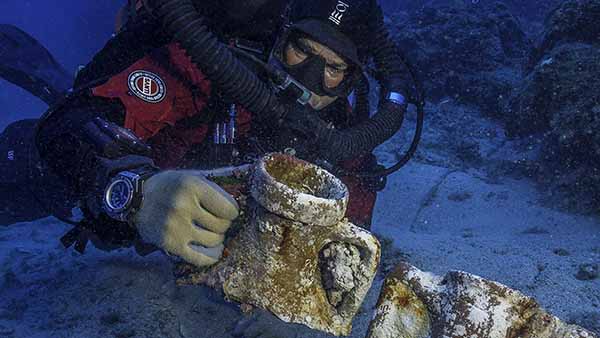 |
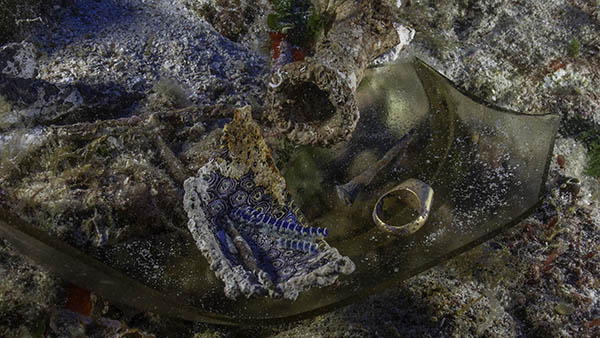 |
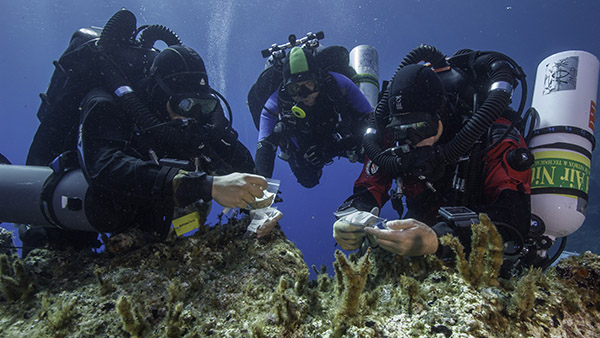 |
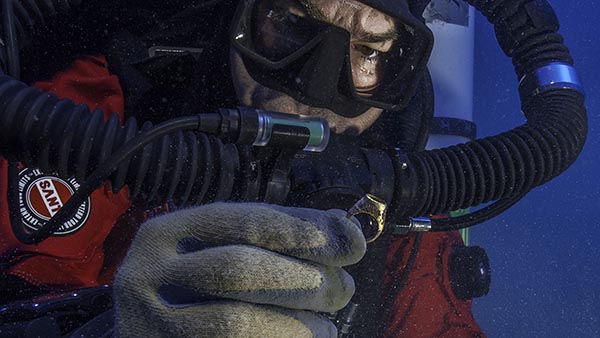 |
| All photos by Brett Seymour, EUA/WHOI/ARGO | |
This year’s work confirmed that the main ship, which apparently went on its treasure-gathering voyage along Asia Minor coasts in about 70 BC, was built in Chalkidiki, Greece in about 220 BC. The extraordinary collection of treasures, scholars suggest, may have been sent by the Roman General Sulla to festivities honoring Julius Caesar.
But what may ultimately be the most important work is yet to come: Researchers are planning to analyze the DNA inside a number of recovered containers — amphorae, medicine bottles, and perfume containers. Brendan Foley of Woods Hole Oceanographic Institution, co-leader of the expedition with Theotokis Theodoulous of the Greek magistrate of underwater activities, has collected and prepared more than a hundred samples from scrapings inside the containers from this and other ships, and may soon be able to produce some of the first direct evidence of what was being carried in trade more than two millennia ago.
The DNA analysis is being done by Dr. Maria Hansson of Lund University in Sweden.
It has always been assumed that the cargo was mostly wine and olive oil, but hints from preliminary work suggest there was much more, including a variety of herb-laden foods.
The analysis might well yield recipes from the Bronze age.










